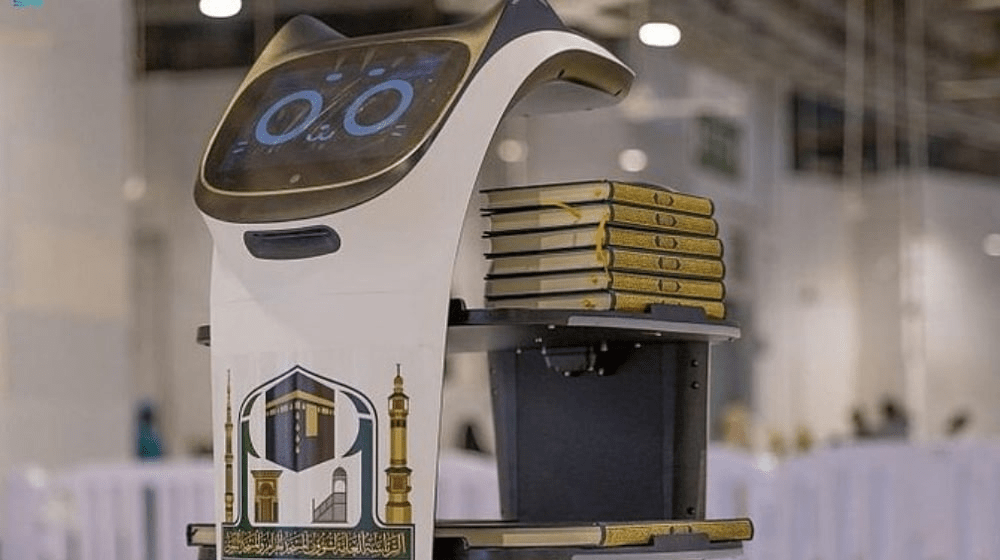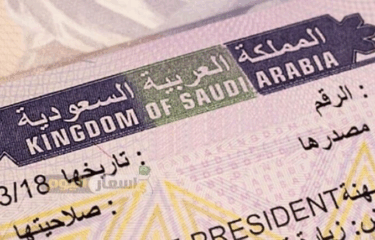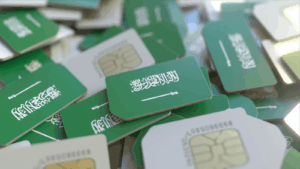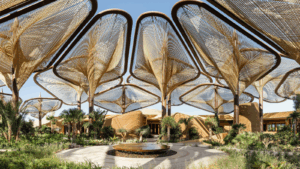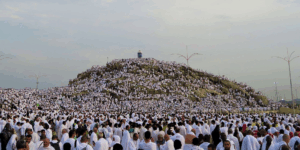In the early hours before sunrise, you can already feel the movement. Pilgrims in white ihram make their way through terminals and transport hubs with quiet purpose. For centuries, this journey has been spiritual, emotional, and physical. In 2025, it’s also digital. The Smart Hajj 2025 experience in Saudi Arabia is reshaping how millions approach the pilgrimage, weaving technology into every step.
The goal isn’t to change the meaning of Hajj. It’s to make the experience more accessible, more organized, and more supported than ever before.
Smart and Scalable Transportation
Preparing for Hajj 2025 means preparing for scale. Saudi Arabia is expecting more than two million pilgrims. Moving them safely and efficiently requires smart planning, and that’s where technology steps in.
Over 25,000 buses and 9,000 taxis have been mobilized to ensure consistent transportation between Makkah, Madinah, Mina, Arafat, and Muzdalifah. These aren’t random figures—they are part of a larger transportation strategy to minimize congestion and reduce delays.
More than three million airline seats have been coordinated across various carriers. Biometric registration at 11 international airports across seven countries speeds up immigration, matching faces to records before pilgrims even land in Saudi Arabia.
For internal movement, 35 high-speed trains connect the holy cities with major stations. In 2025, autonomous buses will operate within key Hajj zones. These self-driving vehicles are designed to manage short internal routes, providing a smooth ride and reducing reliance on manual operations.
This level of smart transport for pilgrims is part of a broader Vision 2030 goal to transform Makkah and Madinah into smart cities.
Reinventing Infrastructure to Support Pilgrim Flow
Infrastructure is a quiet force behind the Smart Hajj 2025 experience in Saudi Arabia. Roads have been widened, repaved, and upgraded. Over 7,400 kilometers of roadway have been improved using sustainable construction methods. One such method, full-depth reclamation, has also reduced maintenance costs.
Smooth roads mean better pilgrim safety, especially during peak hours in heat and crowd density. These infrastructure upgrades are critical in ensuring that the increased number of Hajj visitors move efficiently between sites.
Smart sensors monitor traffic and road performance in real time. These sensors feed into AI-powered control centers that oversee more than 300 key travel routes, making rapid adjustments as needed.
AI and Robotics at the Heart of Smart Hajj

Technology in Hajj is not just about getting from one place to another. It’s also about improving safety, response, and support.
The Kingdom has deployed over 20 high-tech solutions, including AI-powered surveillance, crowd monitoring, and safety analytics. These systems help reduce incidents, ensure faster medical response, and guide authorities in real-time decision-making.
Inside major terminals and holy sites, multilingual AI robots now assist pilgrims. They answer questions, give directions, and provide religious information in 11 languages. These robots are especially helpful for elderly pilgrims or those visiting for the first time.
Smart screens and kiosks offer location-specific Hajj guidance. Whether someone is in Mina or near the Jamarat Bridge, they can access instructions, maps, or videos in their language at the tap of a screen.
Nusuk App and Card: The Digital Companion
At the center of the Smart Hajj 2025 experience in Saudi Arabia is the Nusuk platform. The app, developed under Vision 2030’s digital transformation agenda, integrates everything a pilgrim might need. Travel details, booking confirmations, health records, guidance videos, and prayer timings are available in one place.
The Nusuk Card, issued to all Hajj pilgrims, includes personal ID, medical history, and tracking features. It syncs with the Tawakkalna app to monitor pilgrim movement, manage crowd control, and provide health alerts if needed.
Nusuk Care Centers have been set up in key locations, staffed with multilingual agents offering in-person support in over 11 languages. This helps bridge the digital divide and ensures that those unfamiliar with apps still receive help when they need it.
Comfort and Care from Arrival to Farewell
Saudi Arabia has introduced new services focused on easing the journey from airport to accommodation. Premium Hajj lounges in major airports now welcome pilgrims with refreshments, orientation, and luggage services.
A unified helpline—19929—operates round the clock, responding to queries about routes, rituals, safety, and emergencies. With over 20 inspection teams stationed at high-traffic zones, there is continuous monitoring and support throughout the pilgrimage.
The combination of smart systems and human support is a key feature of the Smart Hajj 2025 experience in Saudi Arabia. It allows the country to scale its services while keeping care at the center.
Vision 2030 and the Future of Pilgrimage
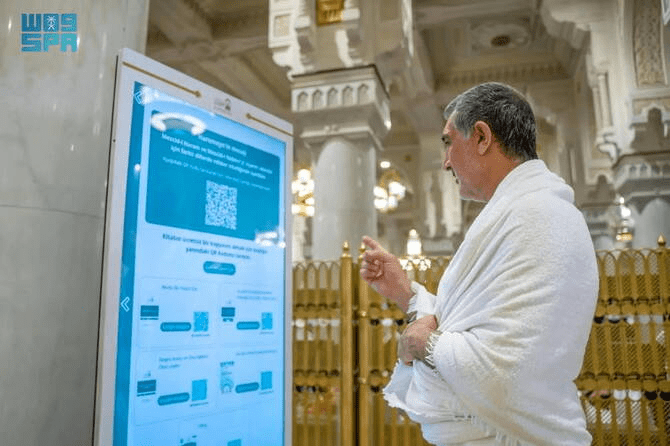
The shift toward smart services during Hajj 2025 is rooted in Vision 2030’s commitment to digital transformation. It reflects the Kingdom’s broader plan to elevate the quality of life, improve public service delivery, and welcome the world with hospitality backed by innovation.
From AI to robotics, smart roads to biometric screening, Saudi Arabia is investing in long-term systems that will benefit Hajj pilgrims for generations to come.
This transformation also ensures that the experience remains spiritually grounded while being logistically seamless. The goal is to remove friction, so the focus stays on reflection, prayer, and purpose.
Final Reflection
You can feel the change when you land. The process is smoother. The instructions are clear. The support is visible.
The Smart Hajj 2025 experience in Saudi Arabia doesn’t replace the journey—it strengthens it. It gives pilgrims space to focus on what matters while knowing that systems, teams, and technology are working behind the scenes to keep them safe and supported.
And as Saudi Arabia looks to the future, this blend of tradition and innovation is shaping a new era of pilgrimage.
FAQs
What is the Smart Hajj 2025 experience in Saudi Arabia?
It refers to the integration of technology and services to improve transportation, safety, and pilgrim support during Hajj 2025.
How is Saudi Arabia using smart technologies during Hajj?
Saudi Arabia has introduced AI surveillance, smart ID cards, autonomous buses, biometric screening, and multilingual robots to assist pilgrims.
What role does the Nusuk app play in Smart Hajj?
The Nusuk app centralizes pilgrim services like itinerary tracking, health updates, and Hajj guidance. It works with the Nusuk Card and Tawakkalna.
How is Hajj transportation being managed in 2025?
The Kingdom has deployed over 25,000 buses, high-speed trains, and autonomous buses. Roads have been upgraded for safety and smoother travel.
What infrastructure has been updated for Hajj 2025?
More than 7,400 km of roads have been improved, and smart monitoring systems now help manage traffic flow and safety across key Hajj routes.
Follow us on Instagram for daily travel inspiration and untold stories from the Kingdom. Want more? Explore more experiences and stories in our Religious and Spiritual category.
This article is brought to you by Soul of Saudi — a Saudi travel blog dedicated to uncovering the heart and soul of the Kingdom.

